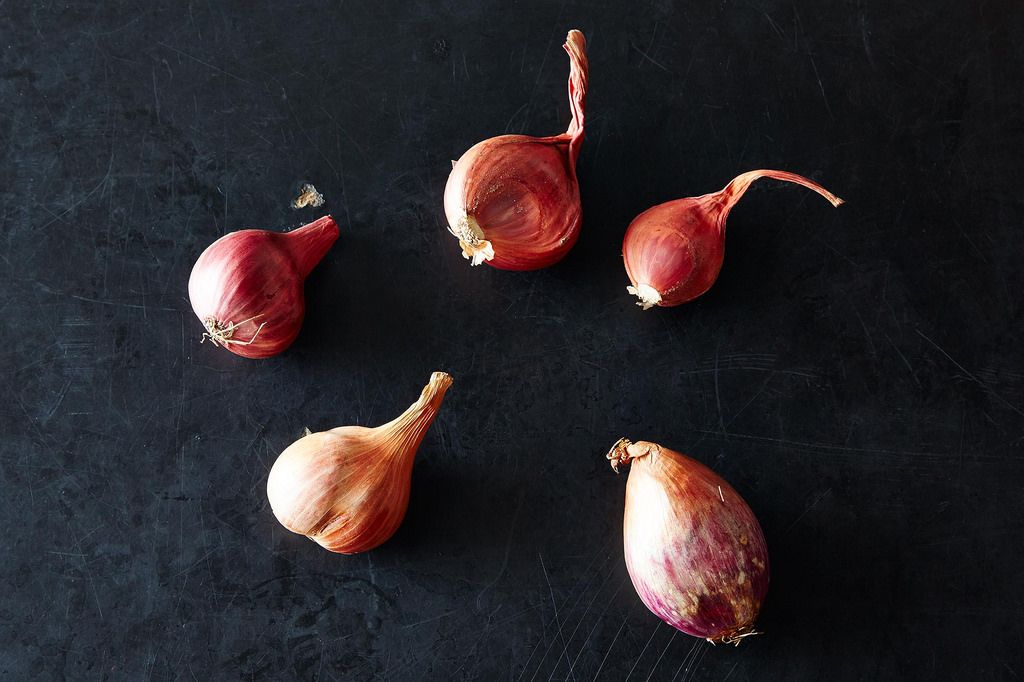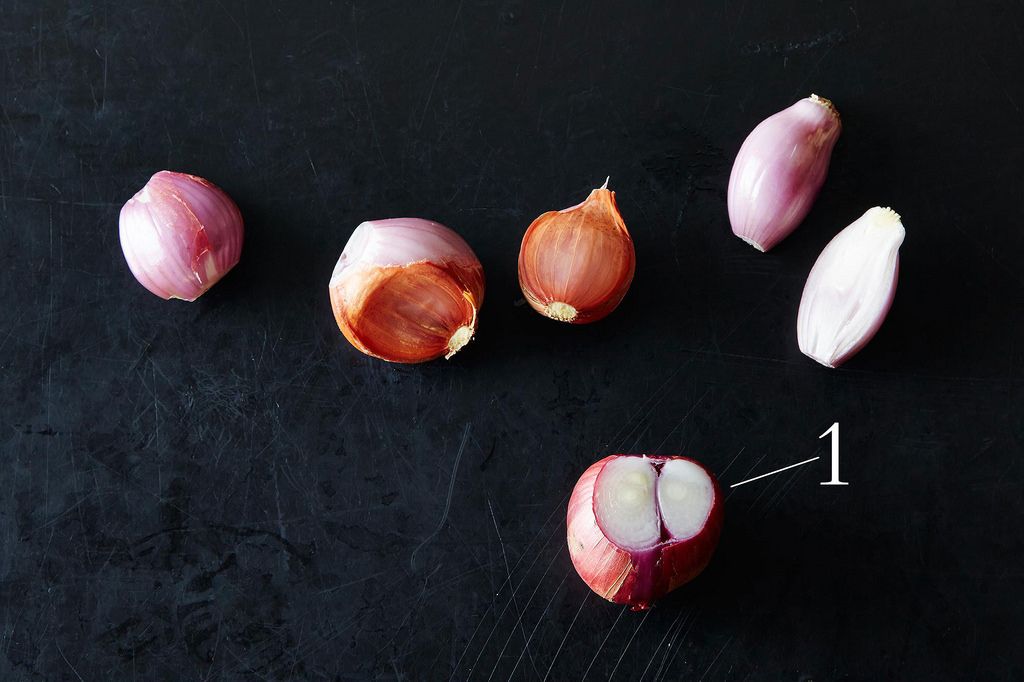Popular on Food52
14 Comments
Jan T.
September 23, 2014
pickled, recipe from the Banh Mi cookbook - wonderful on sandwiches, in salads, with roasted chicken / beef / pork / lamb
ghainskom
September 15, 2014
This is what I will turn my shallots in in the next days: http://www.thecrepesofwrath.com/2011/09/28/french-shallot-soup/
Mary C.
September 14, 2014
This shallot-rosemary puff tart turned out to be excellent! Sweet, caramelized shallots on top of a flaky puff pastry and drizzled with honey-balsamic reduction tantalizes all of your taste buds. It did mine, anyway.
http://sensetaste.com/shallot-and-rosemary-puff-tart-drizzled-with-a-honey-balsamic-reduction/
http://sensetaste.com/shallot-and-rosemary-puff-tart-drizzled-with-a-honey-balsamic-reduction/
Mary C.
September 15, 2014
Thank you! It's a really easy recipe if you don't do the pastry from scratch.
WHB
September 14, 2014
Heidi Swanson's shallot oil for almost everything! The cilantro salad is delicious, too! http://www.101cookbooks.com/archives/cilantro-salad-recipe.html
jane.colton3
September 14, 2014
And the five favorite ways to use them???
Lindsay-Jean H.
September 14, 2014
In a vinaigrette, as a pizza topping, roasted as a side dish, caramelized, and as a crispy topping -- check out the last paragraph for links to recipes!
Pegeen
September 14, 2014
Does anyone know if French grey "griselle" shallots are grown in the U.S.?
Pegeen
September 13, 2014
Thank you for this article! First, I think shallots, olive oil and vinegar are what I would take to a desert island (beside a team of Navy SEALs). Second, it's exactly the kind of ammunition I need to one-up my brothers whenever we cook weekend dinners together.
marsiamarsia
September 13, 2014
I often come across recipes that call for shallots and garlic both. Doesn't this defeat the purpose of using shallots? Won't the garlic overpower the subtler taste of a shallot?
Pegeen
September 13, 2014
marsiamarsia, I think it depends on how each one is cooked in the dish. For instance, if you were to use whole garlic cloves to flavor olive oil and/or butter, then remove them, then saute the shallots in the oil, you should have the flavor of both. I think it really depends on the recipe.




See what other Food52 readers are saying.